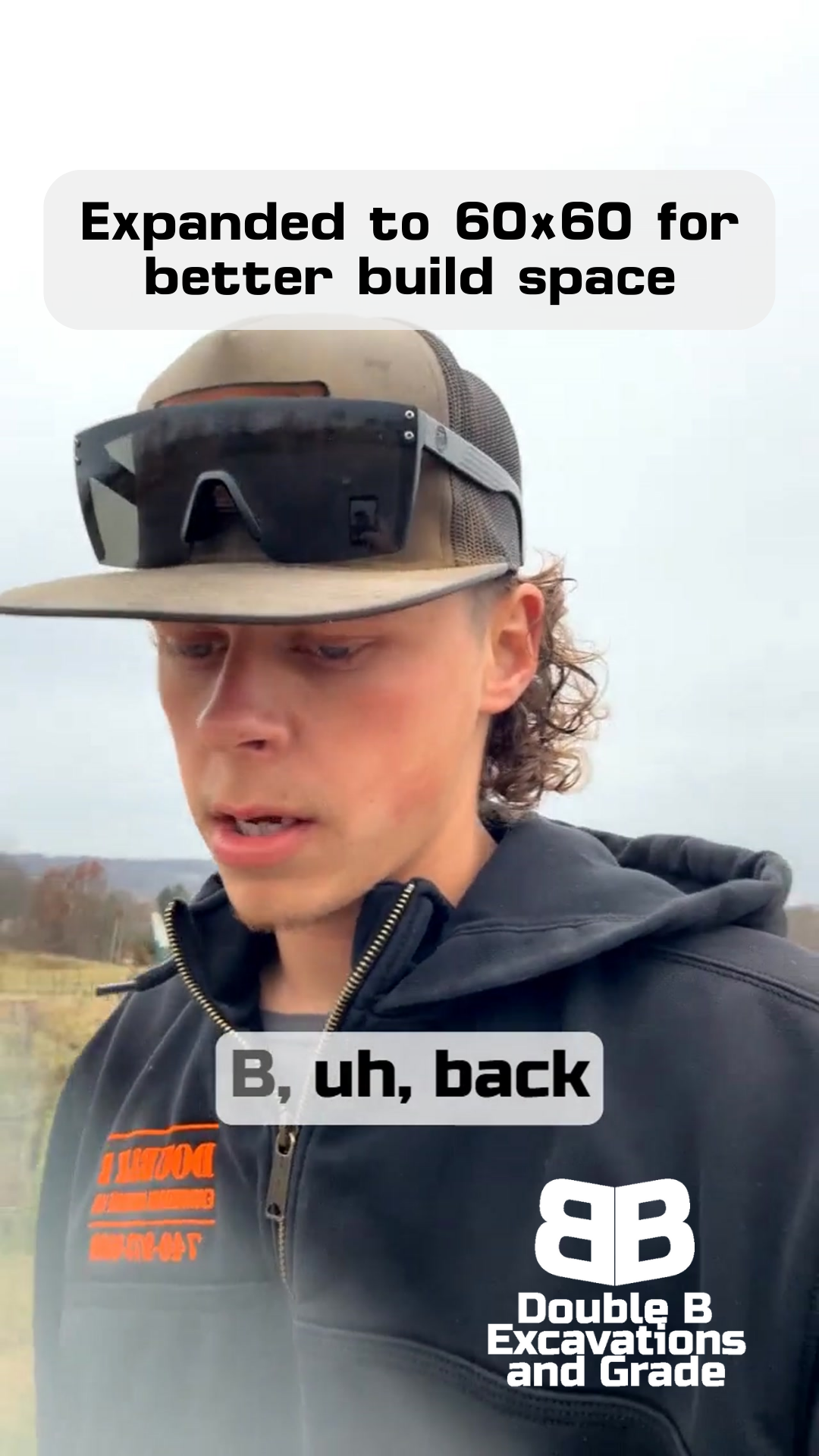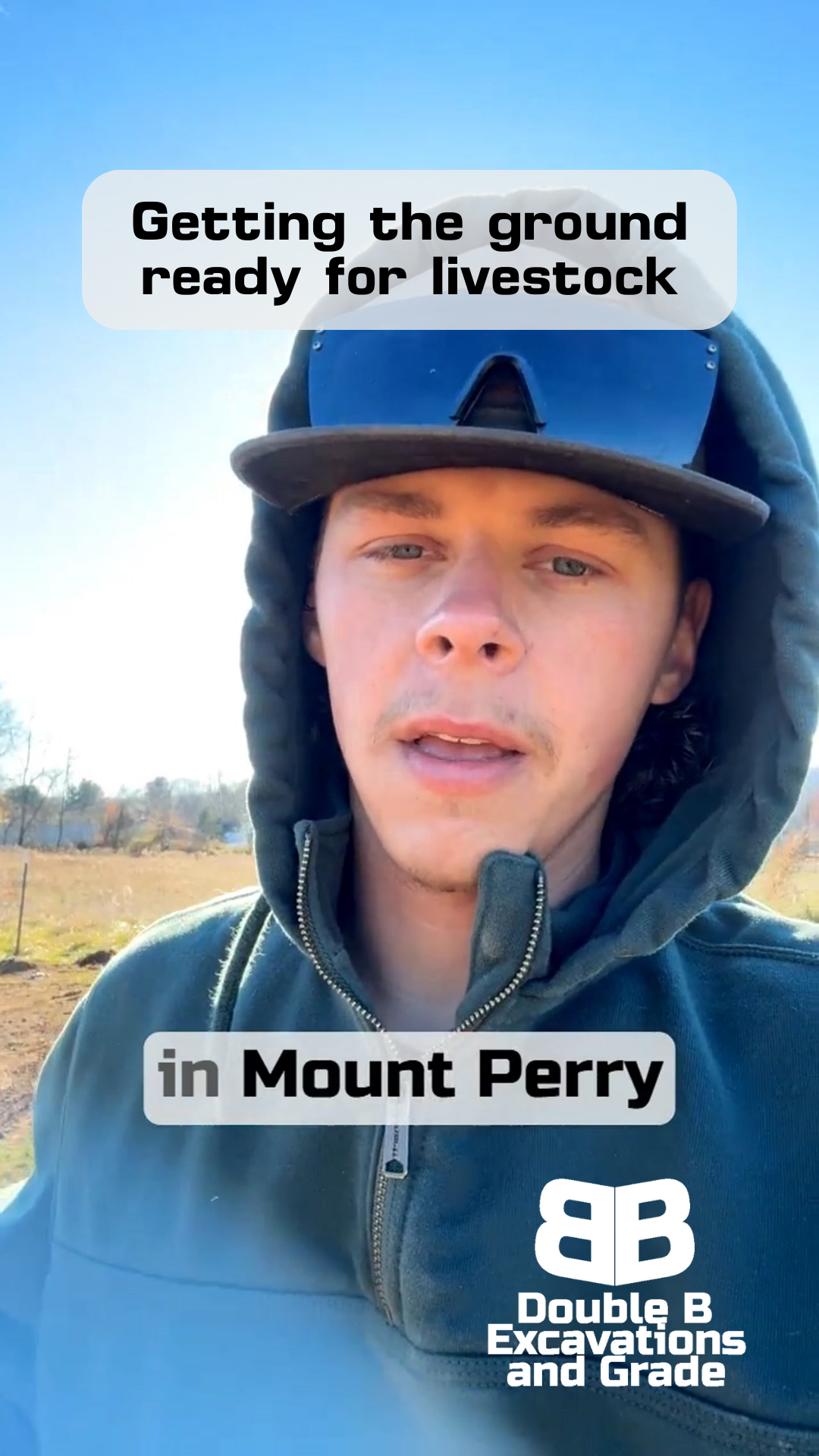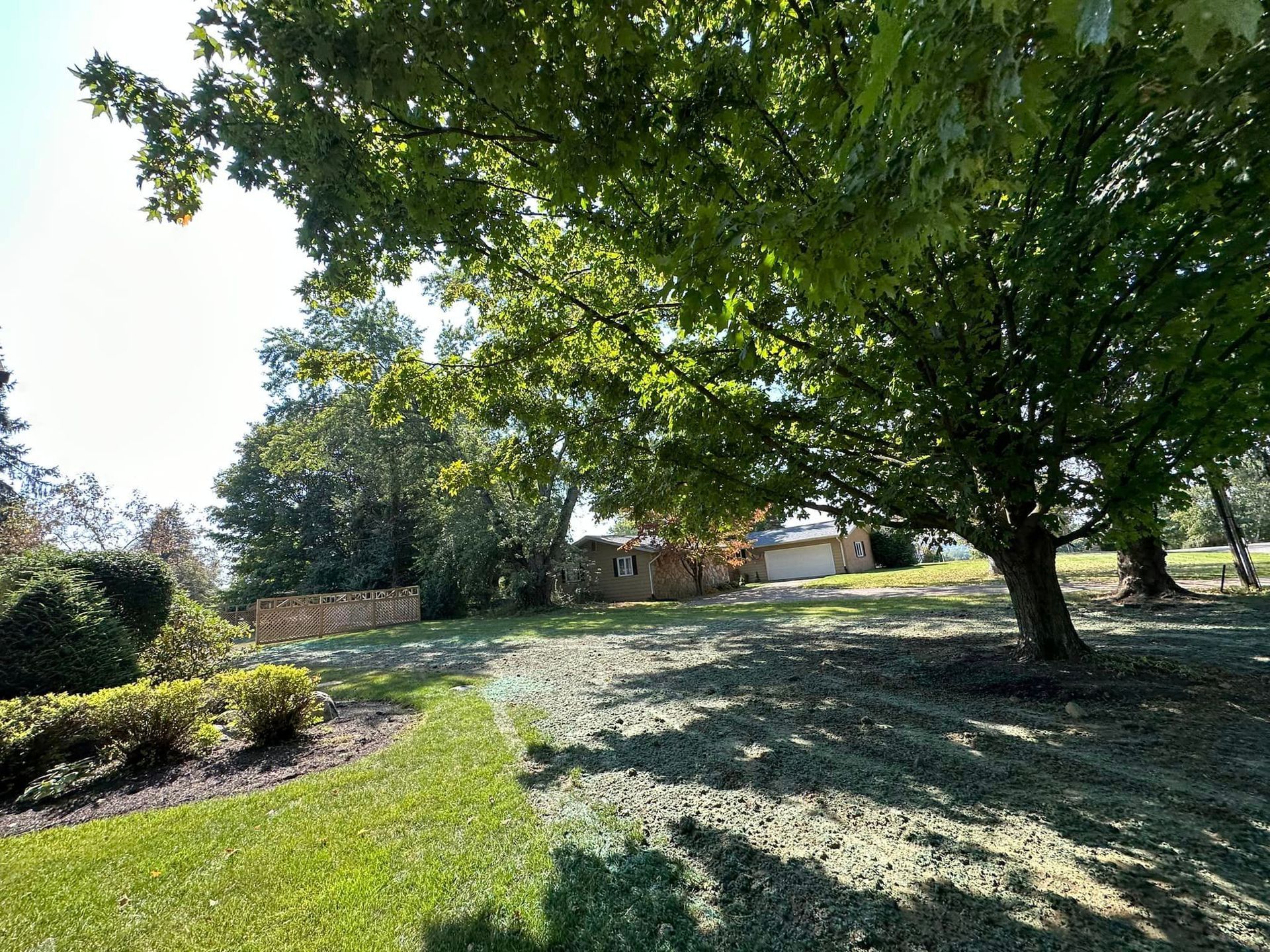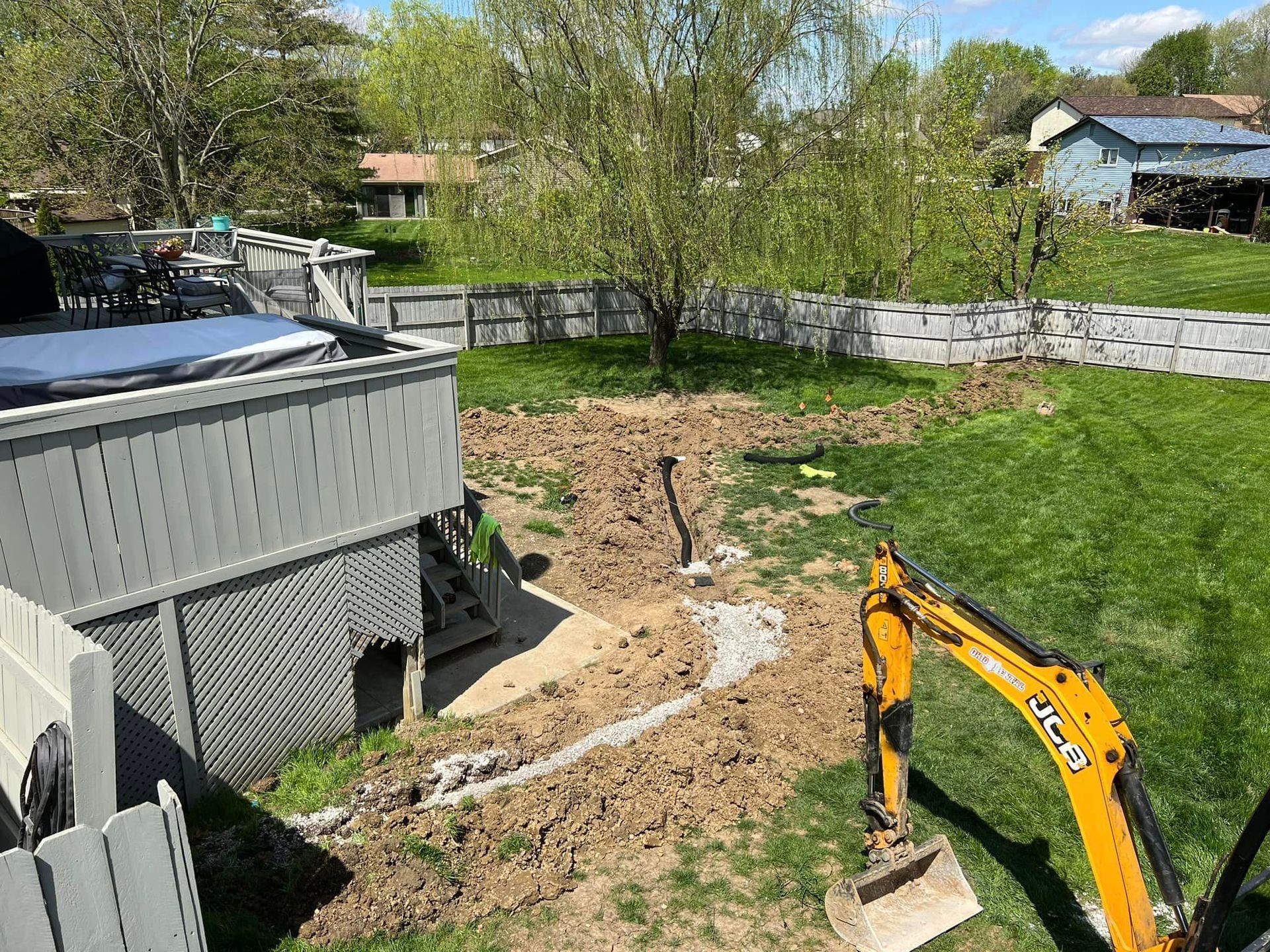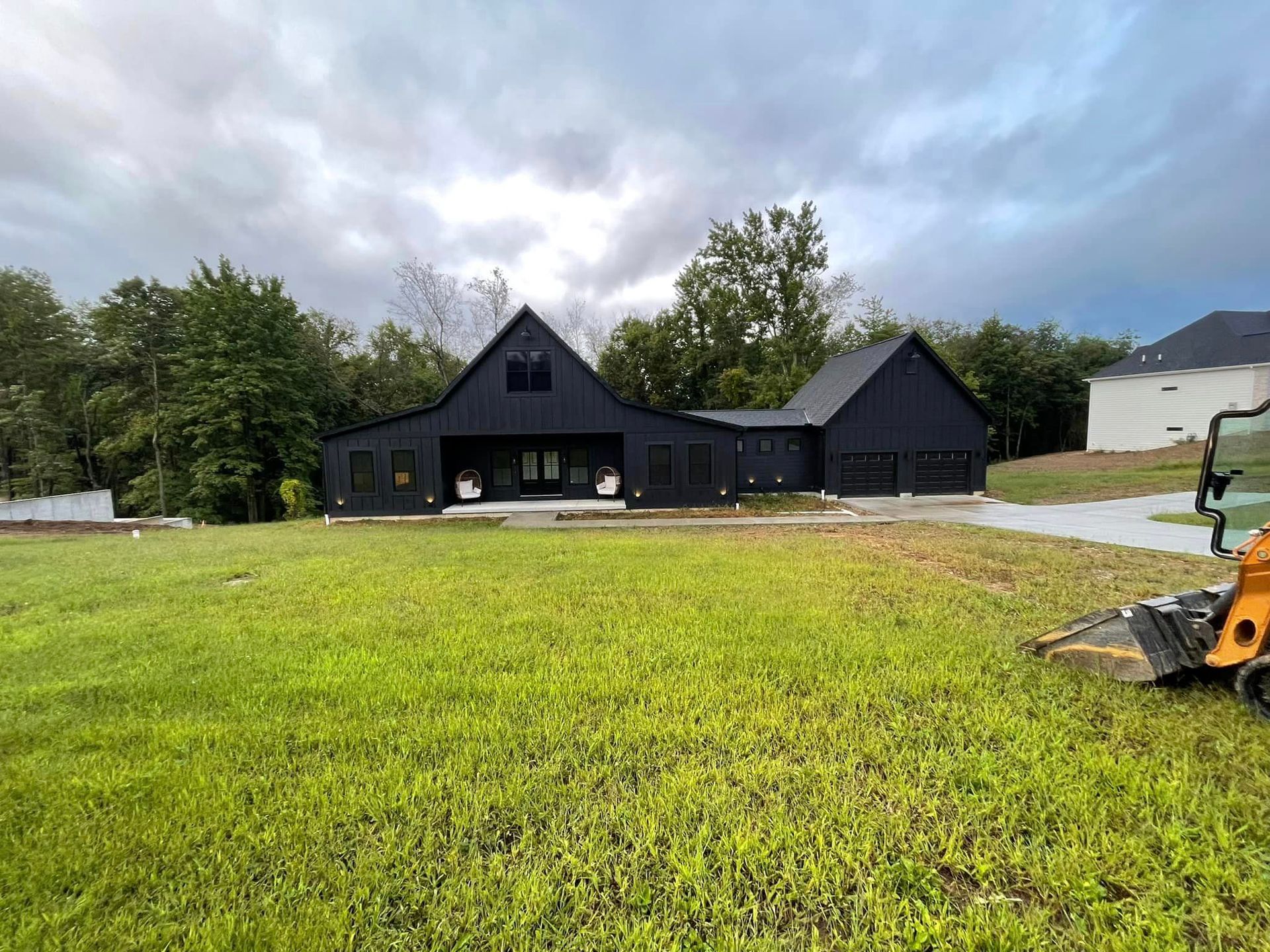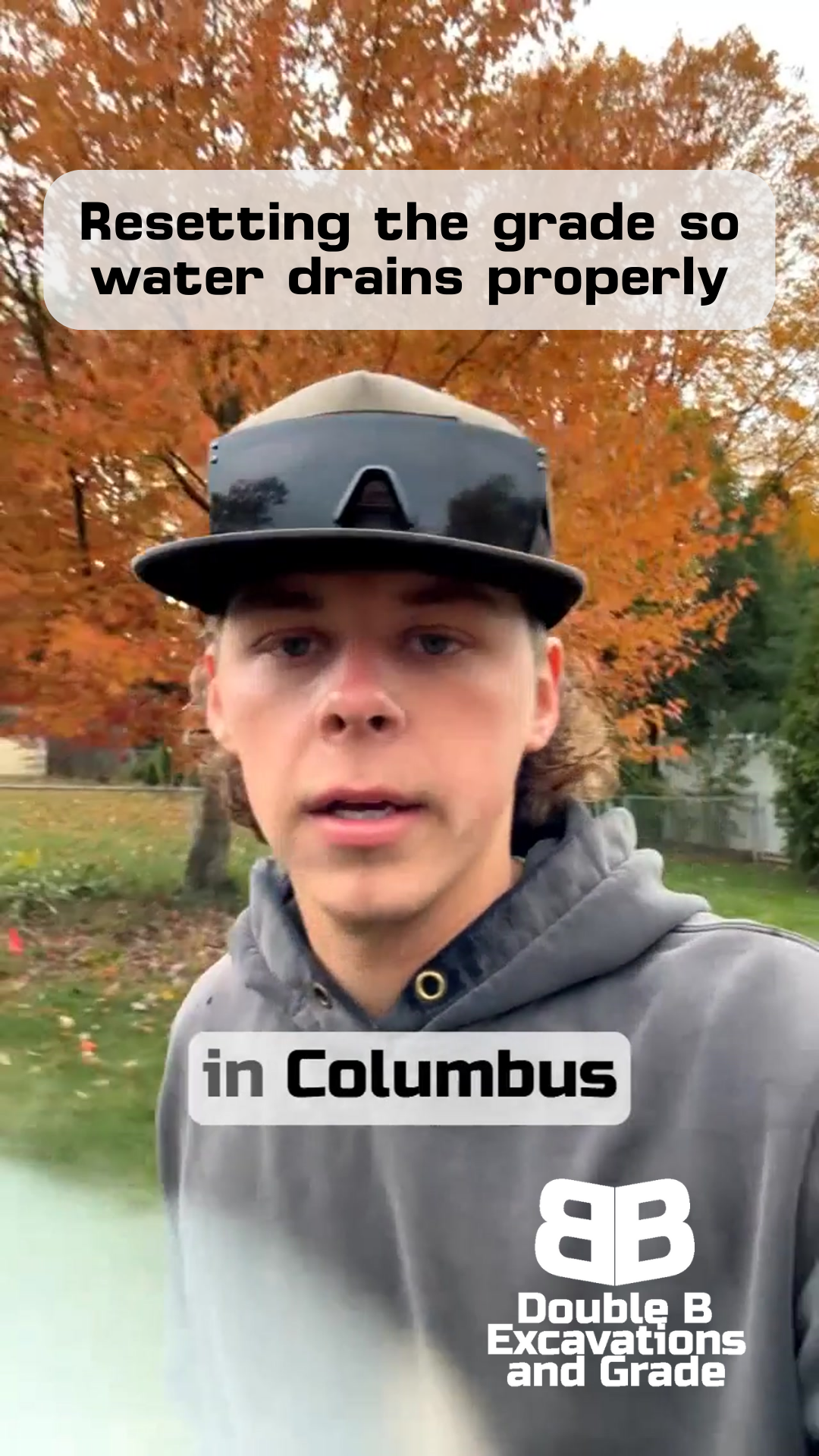Property Demolition After Fire: How We're Restoring Land Back to Natural State
Double B Excavations & Grade LLC
More Than Just Demolition
TURNING TRAGEDY INTO A FRESH START
When you pull up to a fire-damaged house, you're looking at more than just a demolition project.
You're looking at someone's story, and your job is to help write its next chapter.
That's exactly where we found ourselves this week, planning out a complete property restoration that will turn a burnt structure back into usable land.
Nobody plans for fire damage, but when it happens, having the right approach makes all the difference.
This isn't about just knocking down walls and hauling away debris.
It's about creating a fresh start, and that takes careful planning, the right equipment, and attention to every detail.
Welcome to Double B!
Project Planning Phase
Before we bring in any equipment, we need to know exactly what we're dealing with. That means walking the property, checking every system, and making sure we understand what needs to happen and in what order. It's like putting together a puzzle - except you have to take it apart first.
In this case, we're looking at several key components. There's a well that needs to be properly capped - you can't just cover it up and hope for the best. The septic system is damaged beyond repair, so that needs complete removal. Every utility connection needs to be identified and handled correctly. Miss any of these steps, and you're asking for problems down the road.
The staging plan is just as important as the demolition itself. We need to figure out where to put our equipment so we can work efficiently without creating new problems. Remember, we're bringing in 200 tons of fresh dirt later - that's not something you want to figure out on the fly.
The Demolition Process
Let me walk you through what "back to dirt" really means. When we say everything you see is going back to dirt, we mean exactly that. This isn't about just pushing over walls and calling it done. There's a method to doing this right.
First, we need to take down the structure safely. Fire damage makes this even trickier because you're dealing with weakened materials. You can't just start knocking things down without thinking about what might come down with it. We work systematically, making sure each step is controlled and safe.
During demolition, we're not just making a pile of rubble. We're actually separating materials as we go. Some stuff needs special handling, some can be recycled, and some just needs to be hauled away. It's like taking apart a really big, really messy puzzle - but doing it carefully and systematically.
Land Restoration Steps
This is where the real transformation begins. Once we've got everything cleared away, we're looking at bringing this land back to life. First step is stripping away any damaged soil. Fire can leave behind all sorts of contaminants, and you don't want those hanging around in your soil.
Then comes the fill process - and we're talking about bringing in 200 tons of clean dirt. That's not just dumping dirt in a hole, though. It needs to be placed in layers, compacted properly, and graded correctly. Think about it like building a cake - each layer needs to be just right before you add the next one.
The finishing touch is hydroseeding. This isn't just about making things look pretty - though it definitely helps with that. Proper grass coverage prevents erosion and helps stabilize all that new soil we're putting in. Plus, it gives the property owner something nice to look at instead of bare dirt. When we're done, you won't be able to tell there was ever a structure here.
Why Details Matter
You might wonder why we put so much thought into a project that's basically about removing something. Truth is, these details make all the difference. When you're dealing with fire damage, you can't cut corners - it'll always come back to haunt you (and the property owner) later.
Take the environmental side of things. If you don't handle materials properly or cap that well correctly, you could be creating problems that last for years. And it's not just about following regulations - it's about doing right by the land and the community. That burnt house might be an eyesore today, but with proper restoration, it can become valuable property again.
Looking Forward
Next Wednesday, we'll start turning this plan into reality. By the time we're done, this property will be ready for whatever comes next - whether that's new construction or just a clean, stable piece of land. That's what proper restoration is all about: creating possibilities where there used to be problems.
What Property Owners Should Know
If you're dealing with fire damage, here are the key things to remember:
- Full restoration takes careful planning
- Every property has unique challenges (wells, septic systems, utilities)
- Proper soil work and grading matter just as much as the demolition
- The goal isn't just to remove - it's to restore
Need help figuring out what to do with fire-damaged property? We're always willing to walk through your options. Because at Double B, we're not just here to tear things down - we're here to help build new beginnings.
